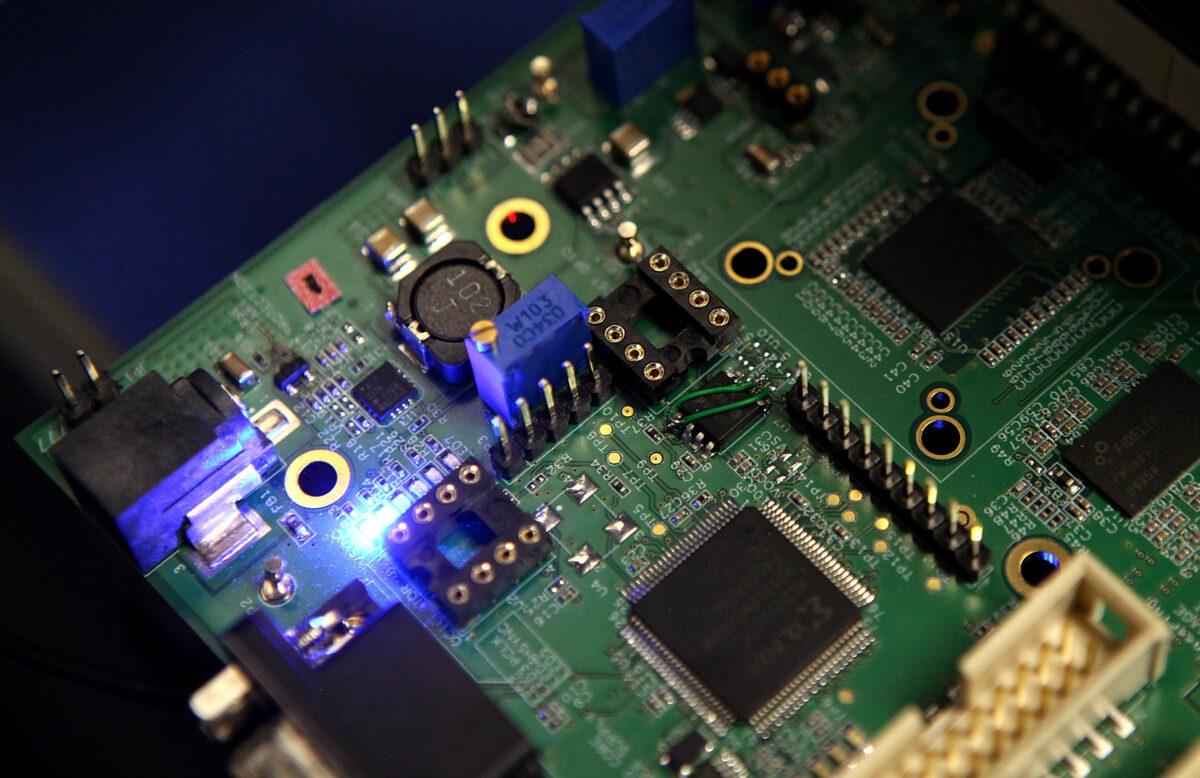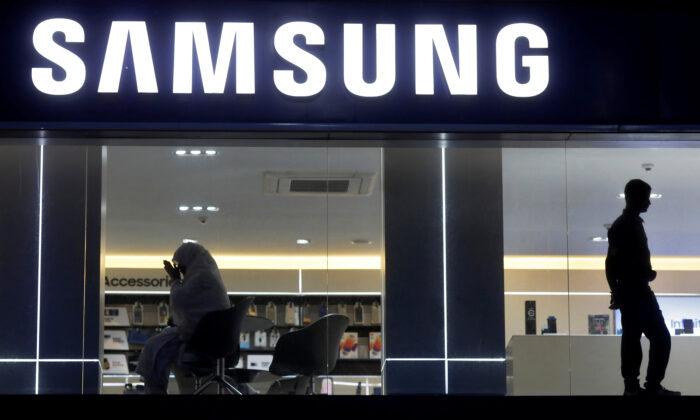Two of the employees are former engineers, while the other two were still employed as researchers for Samsung Engineering at the time of reporting.
The stolen technology pertains to the highly valued ultrapure water system used in chip fabrication and other key technical data.
Ultrapure water is purified to an uncommonly stringent specification, with common impurities such as ions, organic matter, and microbes removed. The water is used for cleansing in chip manufacturing, a critical process to ensure good yields of semiconductors. Since 2006, Samsung Electronics has invested more than $21 million annually to develop its ultrapure water systems.
One of the cases of theft involves a former employee who worked in the semiconductor field allegedly obtaining confidential information from two employees in August 2018.
The former employee reportedly acquired an operation manual and a blueprint for an ultrapure water system and other key technology data from two Samsung engineers and leaked the documents to a Chinese semiconductor consulting firm, where he was looking to job hop at the time.
After getting a job at the Chinese firm, he allegedly used the stolen materials to build an ultrapure water system for the company.
Frequent Target of Chinese Intellectual Property Theft
Samsung, one of the world’s leading chipmakers, has been a frequent target of Chinese industrial technology theft.The theft involved selling crucial “wafer cleaning machines” to an undisclosed Chinese entity, according to Suwon District Public Prosecutors’ Office.
The machines are used in the early stage of chipmaking when it is crucial to keep the chip wafers clean. Later stages would require a more sophisticated approach. The equipment uses carbon dioxide in a supercritical fluid state to clean the wafer compared with cleaning with other fluids like ultrapure water.
According to Korean newspaper JoongAng Ilbo, an unnamed South Korean company—coined ‘company A’—illegally obtained the sensitive technology from another South Korean company—‘company B’—and then sold it on to a newly established semiconductor company in China.
The alleged illegal activity took place between August 2015 and January 2016 and occurred when company A poached an executive from company B to work on a semiconductor-related project.
Upon leaving the job, the executive took sensitive technology from company B without authorization and brought it to company A, which allegedly then sold the technology to a Chinese company.
The stolen technology is a design drawing of a “Hot Zone,” said to be cutting-edge equipment for manufacturing semiconductor chips that company B invested significant time and capital in creating.
By applying the technology, the newly established Chinese semiconductor company was able to sail through technical barriers and reap large profits.
Experts: ‘More Protection of Intellectual Property Rights Needed’
According to the South Korean Supreme Prosecutor’s Office, from 2017 to September this year, there were 112 reported cases of domestic industrial technology that leaked overseas. Among them, 36 cases pertain to national core technology, mostly in the field of semiconductors and display technology.
Based on the experts’ estimates, the report said the average annual damage caused by industrial technology leaks, including overseas leaks, is about $40 billion, equivalent to 2.7 percent of South Korea’s GDP in 2021 and 60.4 percent of the country’s total R&D expenditure in 2020.
Meanwhile, 92.3 percent of the experts believe that China is the country that South Korea should be most wary of regarding leaks, while 7.7 percent believe it is the United States.
He added that “the society needs to raise awareness as a whole and make institutional improvements.”






